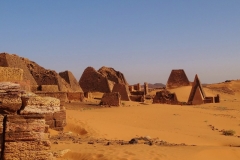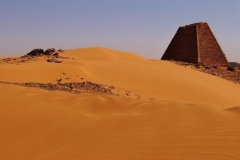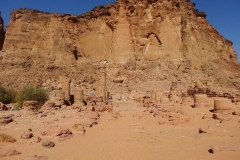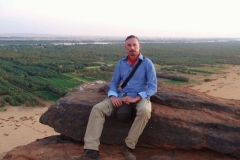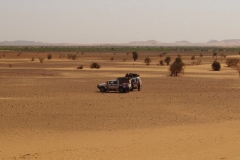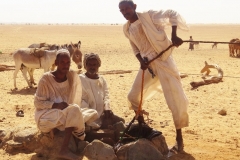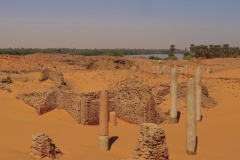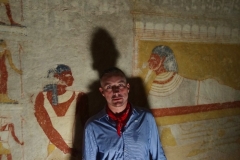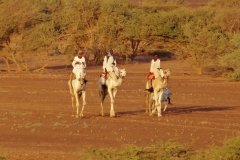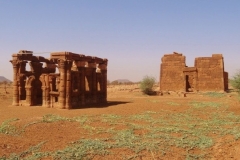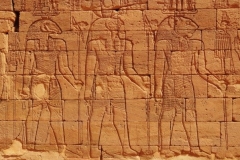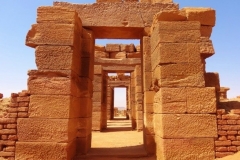Nubia
Land of the Black Pharaohs
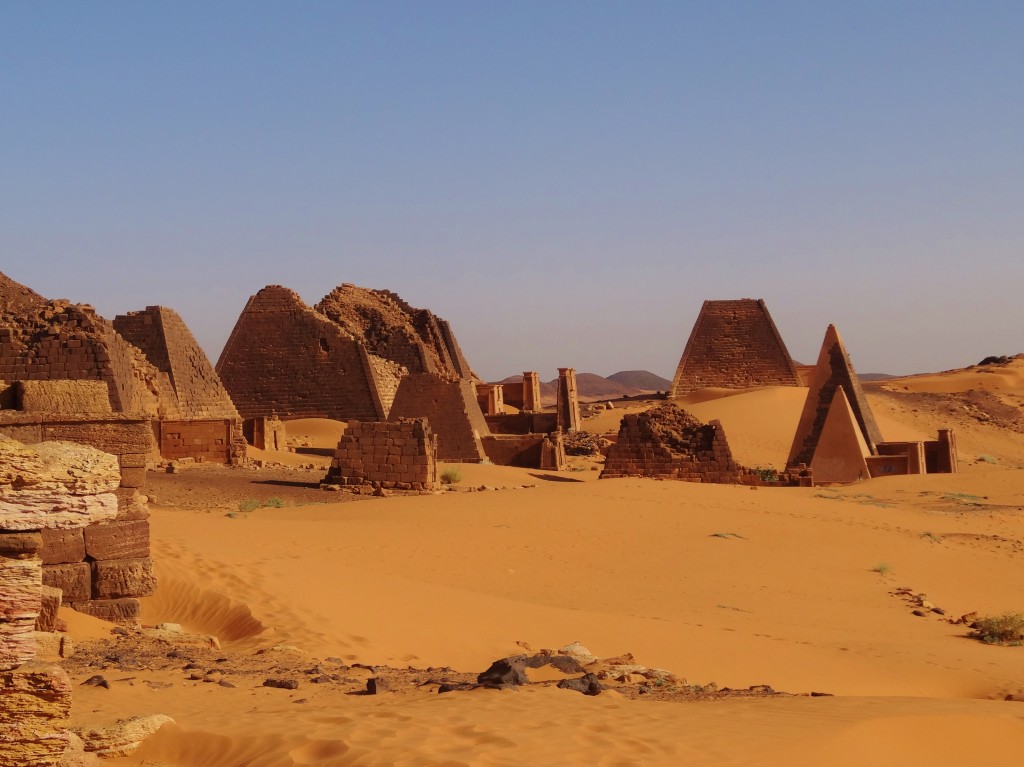
When I heard that there were more pyramids in Sudan than in Egypt, I suddenly developed an interest in a country that so far had not been on my radar screen.
It was at the Adventure Travel Show in London and pictures of rows of steep-sided pyramids surrounded by honey-coloured sand caught my eye and fired my imagination.
Yet it was a few years before I was able to go to this vast land in East Africa and see for myself its archaeological treasures.
Click on the photos to enlarge them and see the captions:
In ancient times, the northern most part of the country was known as Nubia. From about 2300 BC to around 2000 BC the area was under Egyptian rule.
When Egypt withdrew, the Nubian culture known as Kush began to develop and when the Egyptians returned some 450 years later they found themselves facing a power struggle with the Nubians. The Egyptians finally left the area in the 11th century BC.
Now it was the turn of the Kushites to conquer their northern neighbour. After taking the Egyptian capital Thebes, the Kushite king Piankhy declared himself pharaoh and established the 25th or Nubian dynasty.
These were the black pharaohs and they ruled for hundreds of years. Under the 25th dynasty, pharaoh and wife ruled jointly as equals.
Pyramid building had long since ceased in Egypt, but for the Kushites it was a way of emphasising their links to the dynasties of the past. They adopted many of the Egyptian gods, too, and continued to worship them long after they had been forgotten in the land to the north. Not until the arrival of Christianity in the 6th century did Nubia abandon its pagan deities.
At Karima, the erstwhile Kushite capital, the remaining pyramids stand in the shadow of Jebel Barkal, the holy mountain. At some 90m, this flat-topped rock dominates the landscape that surrounds it.
The Kushites thought a pinnacle at one end of the mountain resembled a cobra poised ready to strike. In their culture, this was a royal symbol, so they carved the likeness of a snake into the sandstone of the towering rock.
When the black pharaohs moved their capital south to Meroë – also near the Nile – they built a new necropolis with about 100 pyramids. Many have since disappeared beneath the sands, but the site is still impressive.
Unfortunately, the pyramids at Meroë no longer have their tops. In 1834, an Italian treasure hunter by the name of Guiseppe Ferlini demolished the apex of one of them and discovered the beautiful golden jewellery of Nubian Queen Amanishakheto.
Convinced the other pyramids also contained hidden treasure, Ferlini continued to smash away at the tops of them too. He found nothing else though and moved on, having left a trail of destruction behind him.
The jewellery he discovered in the first pyramid is now in museums in Berlin and Munich. Archaeologists have restored a couple of the smaller pyramids, smoothing sides so that they look as they would have done originally.
The pyramids in Sudan are smaller than those in Egypt and at 70° the angles of their sides are steeper. Unlike their Egyptian predecessors, Kushite pharaohs did not put tombs inside the pyramids, but underneath them instead.
You can go inside some of the subterranean tombs, although they are stuffy and rather claustrophobic.
Apart from its pyramids, Sudan has many other archaeological sites of interest, such as the Royal City at Meroë and the ruins at Naqa and Old Dongola. The architecture, art and hieroglyphics reveal not only Egyptian influences on the Kushite kingdom, but those of ancient Greece and Rome too.
Many of the sites are in what is today desert or scrub, but in Kushite times the climate was wetter and the land was fertile savannah.
The Royal City at Meroë lies in acacia scrub, half buried by sand, but just a few metres away the landscape suddenly changes as you reach the areas flooded each year by the Nile.
Here, lush green meadows, palm trees and rich black soils are the order of the day: the contrast makes you appreciate the vulnerability of this fragile environment.
My trip to Sudan was a real eye opener. In this gallery, I have focussed on the country’s Kushite archaeological heritage, but I shall soon be posting more thoughts and pictures about this fascinating part of Africa and its friendly people.
RETURN

